ROMANIA: Bringing Roma History to the Classroom
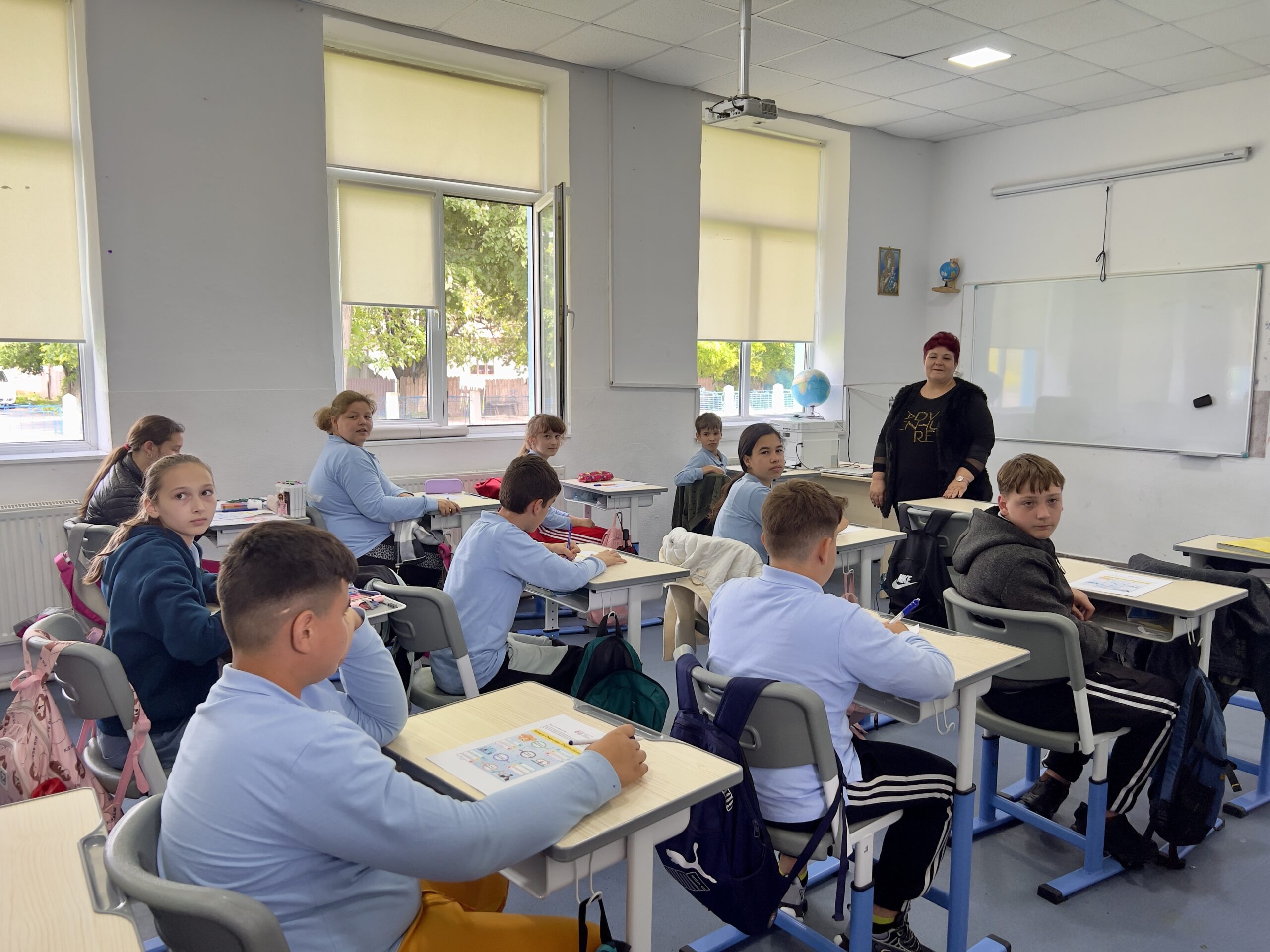
By Veslemøy Maria Svartdal
“We do this thing. It is called a flip-class, and it’s not just because I am lazy,” headmaster at Uniera school, Liviu Moise jokes. “This is how it works: The students prepare the material for the lesson, and they are also the ones to present it to the rest of the class. I sit in the classroom like any other student and learn.”
Liviu is not only the enthusiastic head of the small village school in Unirea, on the left bank of the Danube with around 2,500 inhabitants, but also a passionate history teacher.
“We don’t have Roma children in our school, but I think it is important to teach our students about the history of the Roma anyway,” says Liviu. “This is part of our common history in Romania and our common heritage. I knew it would not be right to talk about Roma issues with actual Roma voices present. That is why I contacted Michaela.”
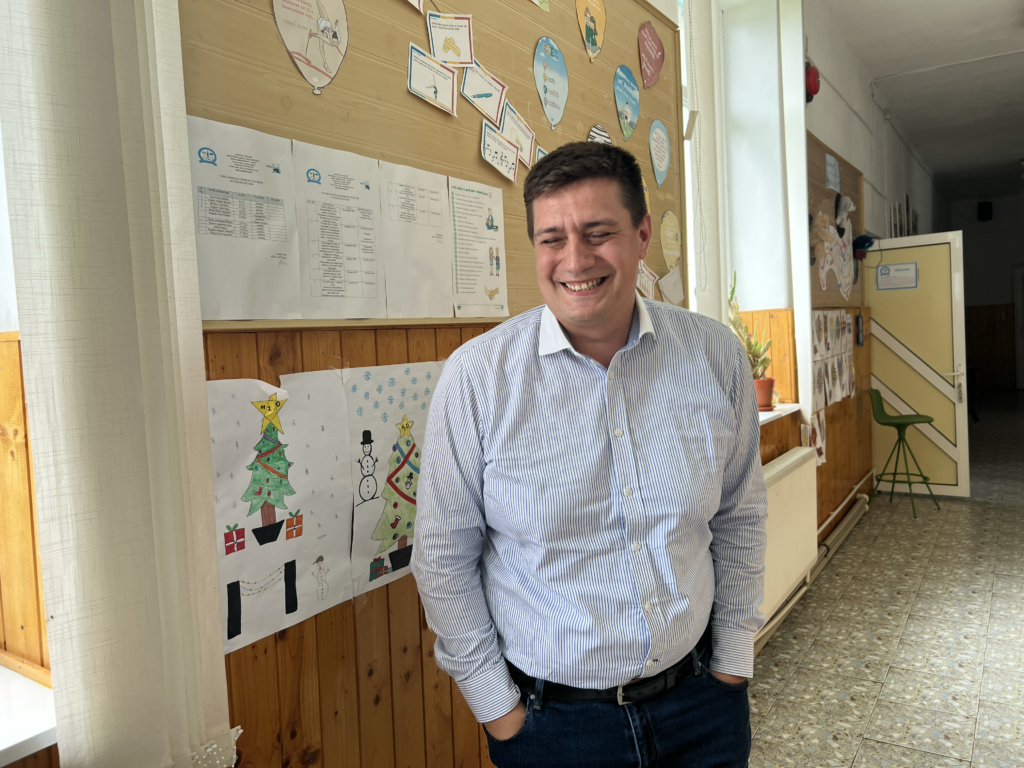
Previously, Liviu had attended a three-day study trip in Oslo, alongside Unirea’s local administration and representatives from other counties in Romania.
The study trip was part of the European Wergeland Centre and Romanian Social Development Fund’s bilateral pilot project, Promoting Inclusion and Quality Education in Romania, which set out to unite local authorities, school staff, and teachers in creating inclusive, safe, and democratic school environments in rural Romania.
Read also: Mayors and Principals Come Together to Improve Their Schools
There he met Mihaela Zatreanu, an expert in education for democratic competences and human rights, who herself is of Roma heritage.
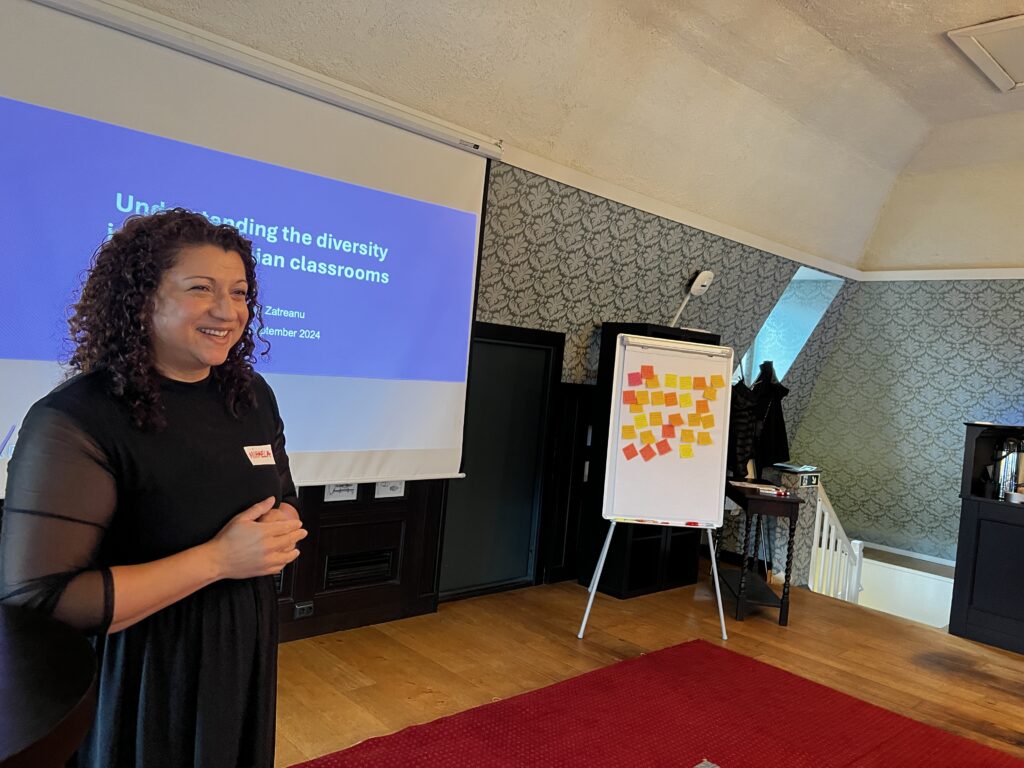
At the three-day study trip much focus was placed on concrete steps to build safe, inclusive and democratic school cultures where everyone – including Roma children would feel valued, safe and respected. As one of the trainers, Mihaela was able to share her perspectives on Roma history and culture – and the importance on teaching it rather than ignoring it.
Read also: – A School is not a Castle with Closed Walls
For her, the chance to share Roma perspectives in schools is deeply personal. “Roma children are still the most rights-deprived group in Europe,” Mihaela explains. “Centuries of prejudice, segregation, and poverty, as well as bullying and the burden of responsibilities placed on children, have led to high dropout rates. That cycle of exclusion makes it harder for Roma communities to participate fully in society.”
When Liviu reached out, Mihaela was glad to help. She recorded a video lesson on Roma history and inclusion, offering students a human rights-based perspective and a living example of Roma heritage.
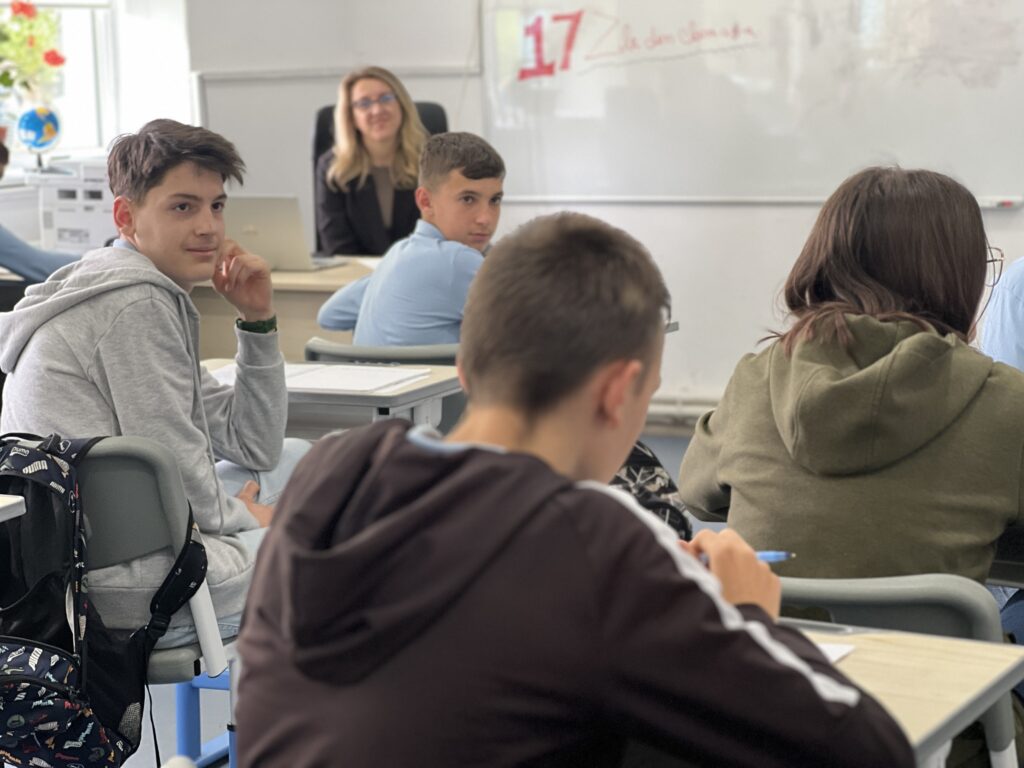
“I could see how attentive and sensitive Liviu was,” Mihaela recalls. “He wanted the students to prepare a lesson on Roma history, from slavery to emancipation, and he wanted to use me as a role model. He was trying to change how his students see the Roma community.”
Read also: “Romani Language is the Main Identity Element in our Heritage”
For Mihaela, this kind of collaboration is essential: “He wants to prepare children for the reality, and Roma and other minorities are part of Romanian reality. You cannot limit the children’s right to learn about the world they live in. if you don’t see members of the Roma community in Uniera, you will meet them later in the municipal centre of Calarasi.”
Since developing the lesson “The Roma: From Slavery to Emancipation” together with Mihaela and his students, Liviu presented it before an official board of the Romanian Ministry of Education as part of his examination for the First Teaching Degree—the highest professional distinction a teacher in Romania can achieve. He received the highest possible marks, and the lesson resources are now freely available to teachers across the country.
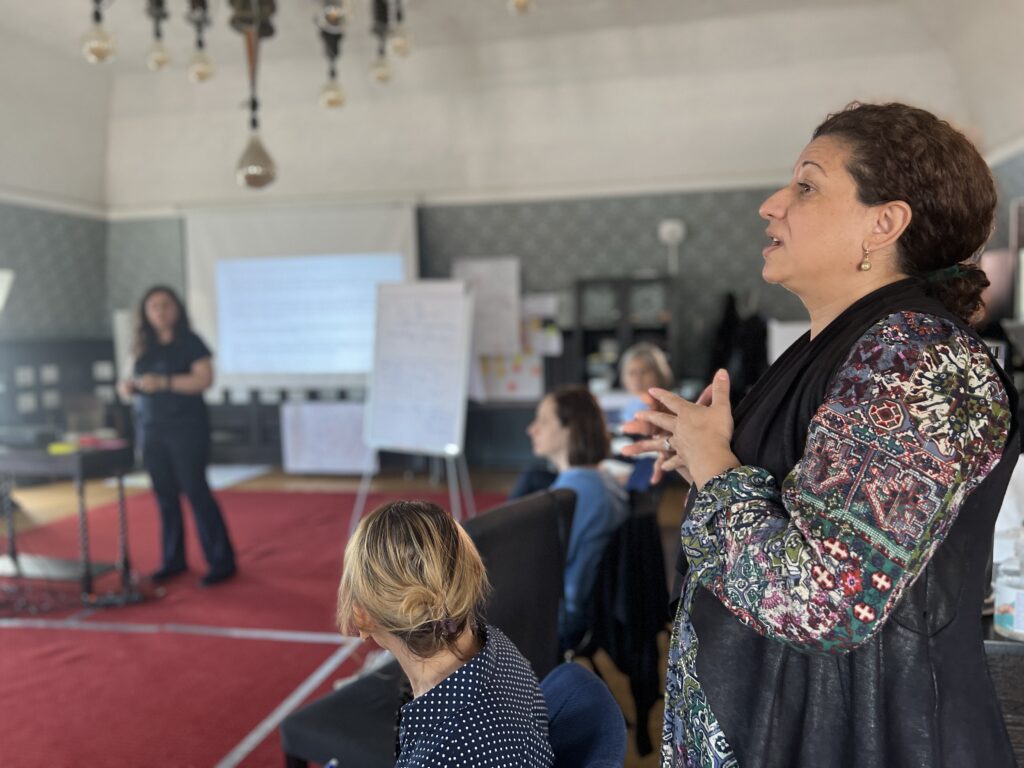
This article is part of our ongoing series: “Change Stories from Romania,” which tells the stories of participants in the “Promoting Inclusion and Quality Education in Romania” pilot project.
Read the rest of the stories in the series:
- “We Invited the Entire Village”
- Mayor and School Unite in Rural Romania
- The Children Who Wait at the Gate
The pilot project Promoting Inclusion and Quality Education in Romania ran from 2024 to 2025 and included 30 schools in Calarasi and Suceava. Implemented under the Local Development, Poverty Reduction, and Enhanced Roma Inclusion programme and funded by the EEA Norway Financial Mechanism 2014-2021.